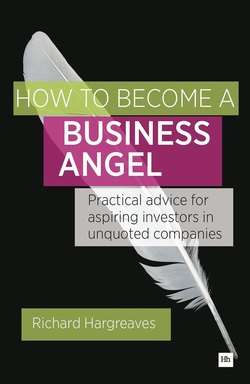Читать книгу How To Become A Business Angel - Richard Hargreaves - Страница 59
На сайте Литреса книга снята с продажи.
Pros and cons of EIS funds and VCTs
ОглавлениеOne positive feature of EIS funds is that the proceeds of investment sales or dividends from them are returned to investors, less fees due, more or less as soon as they are received by the fund. The fund manager can only invest an investor’s money once and must launch a new fund each time a fund is fully invested.
The constant need to raise new EIS funds as old ones are fully invested is one of the reasons many fund managers prefer the VCT. The VCT is by contrast an evergreen vehicle (unless shareholders insist it is liquidated) and so capital availability and fees continue indefinitely – which is music to a fund manager’s ears.
There are also drawbacks to the typical EIS fund or portfolio:
15% or more of an investor’s money does not receive EIS reliefs. This is because 5% goes to pay the costs of launch (including IFA commissions) and around 10% may be held back for fund management fees. Ironically, the VCT is less cost-efficient as an investment vehicle due to the expense of its stock market listing and compliance but, as all costs are borne by the VCT itself, the investor receives tax reliefs on their gross investment.
An EIS fund is very poor at investing further in a particular venture – especially if it is an Approved Fund – so it needs to favour investments that will not need more money. If the fund manager has a series of EIS funds he can invest further in earlier deals but there are grave conflicts of interest. These may result from the temptation to support a weaker investment in an older fund which he might not support as a new investment or from an inability to make an independent decision on the investment price for the newer fund. In the professional venture capital world a fund manager would be barred from follow-on investments from a new fund for just that reason.
